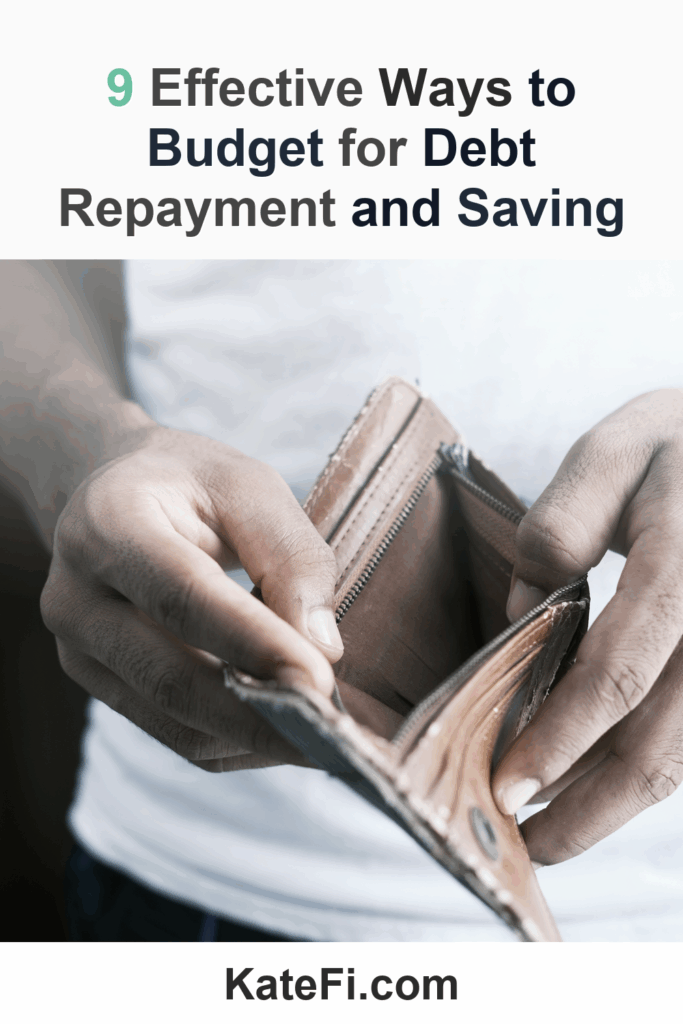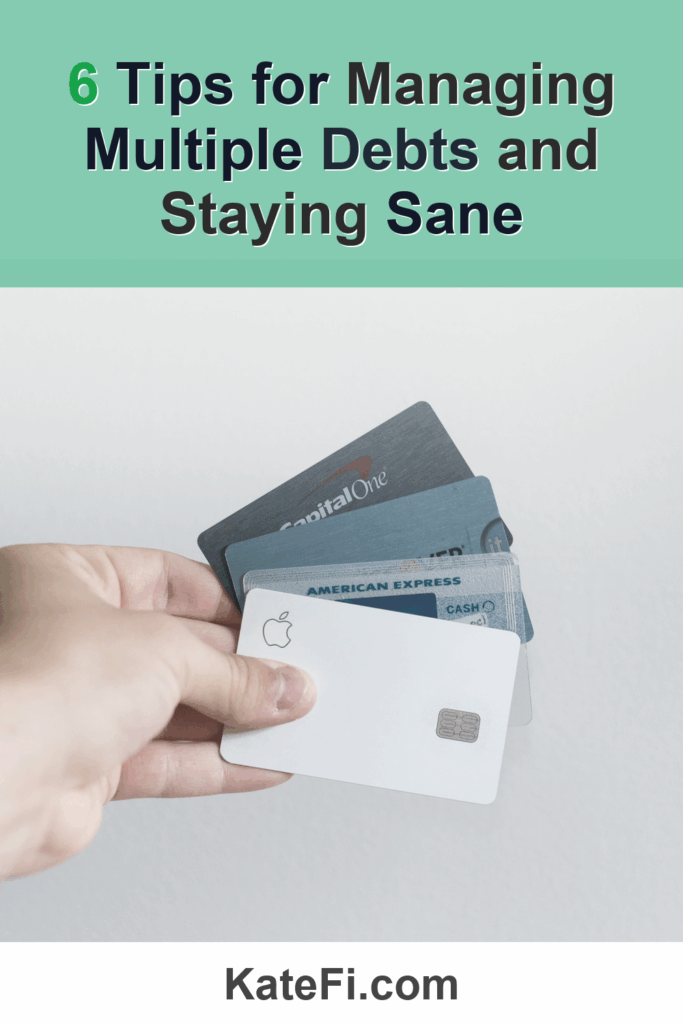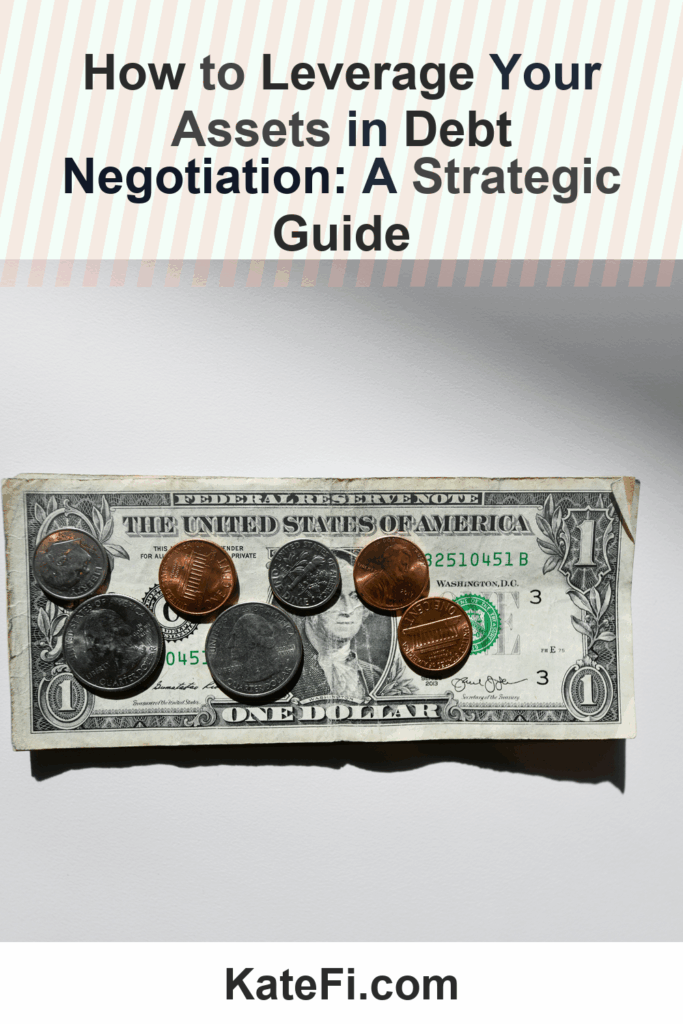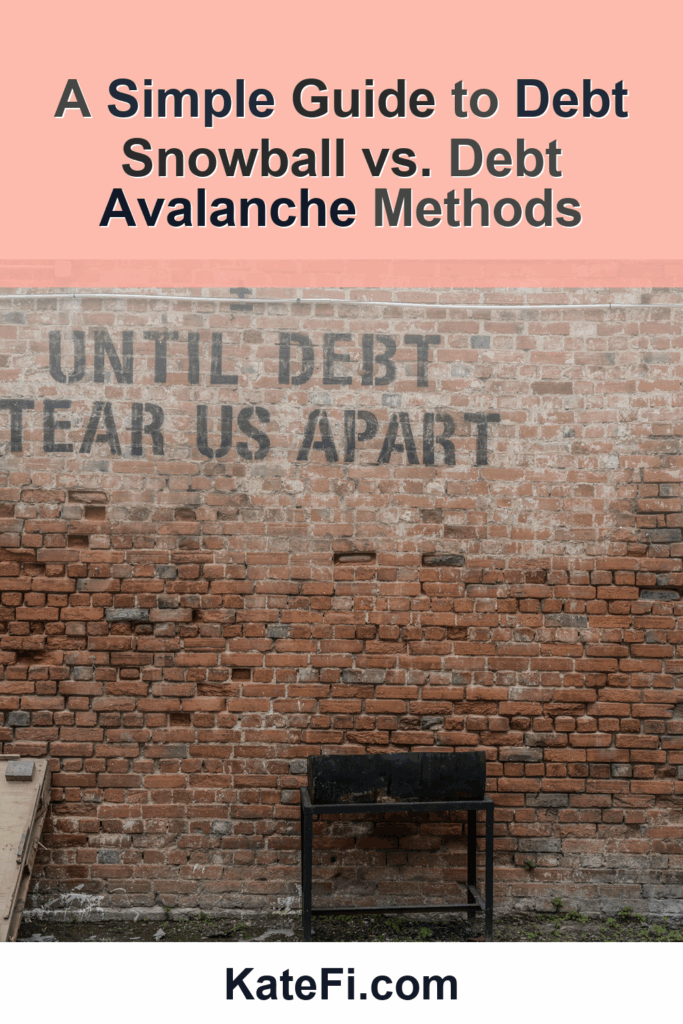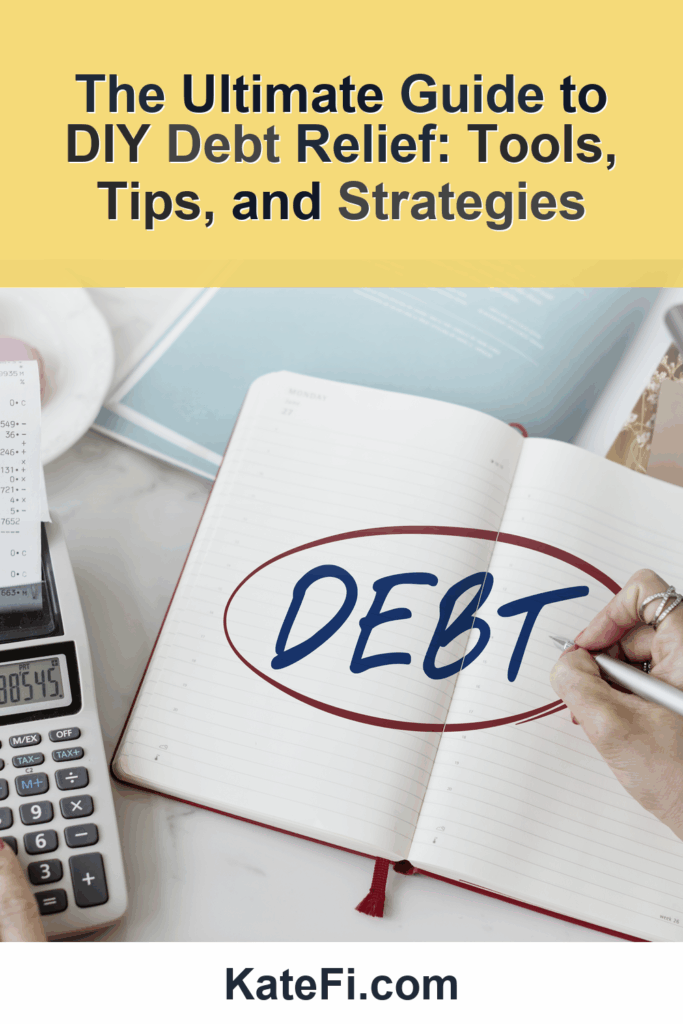How to Cut Your Credit Card Debt in Half with Simple Budget Changes
In today’s world, credit cards have become a common part of our financial landscape. They offer convenience, flexibility, and sometimes even rewards. However, they can also lead to overwhelming debt if not managed carefully. If you’re struggling with credit card debt, don’t worry—simple budget changes can help you cut your debt in half! In this article, we’ll explore the debt snowball and avalanche methods, practical tips, and how you can effectively implement budget changes to achieve your financial goals.
Love our content? Show your support by following us — pretty please!🥺
FOLLOW ON PINTEREST
Hi! I’m Kate, the face behind KateFi.com—a blog all about making life easier and more affordable.
What Are the Debt Snowball and Avalanche Methods?
What You’ll Learn on the Call
- Estimated timeline and monthly payment range
- How credit may be affected in the short term
- What documents to gather to move faster
Not available in IL, KS, OR, TN, UT, WV.
When it comes to paying off debt, two popular strategies have emerged: the debt snowball method and the debt avalanche method. Both approaches can help you reduce your credit card debt, but they work in different ways.
Debt Snowball Method:
This method focuses on paying off your smallest debts first, regardless of the interest rates. The idea is that by eliminating smaller debts quickly, you gain momentum and motivation to tackle larger debts.
Debt Avalanche Method:
In contrast, the avalanche method prioritizes paying off debts with the highest interest rates first. This approach minimizes the total interest paid over time and can be more cost-effective in the long run.
Here’s a quick comparison table to help you visualize the differences:
| Method | Focus | Timeline | Pros | Cons |
|---|---|---|---|---|
| Debt Snowball | Smallest debts first | Shorter | Quick wins, motivational | May cost more over time |
| Debt Avalanche | Highest interest first | Longer | Less total interest paid | Slower initial progress |
How Long Will It Take to Pay Off Debt Using Each Method?
The time it takes to pay off your debt will vary depending on several factors, including your total debt amount, monthly payments, and your income. Here’s a realistic breakdown:
- Debt Snowball: If you have $5,000 in debt with an average interest rate of 18%, and you’re making an additional payment of $200 monthly, it could take around 30 months to become debt-free.
- Debt Avalanche: If you follow the same payment plan but focus on your highest interest debt first, you might see a payoff timeline of around 26 months.
While the debt avalanche method may save you money on interest, the instant gratification of the snowball method can keep you motivated. It’s crucial to choose the method that aligns with your psychological needs and financial situation.
✅ See If You Qualify for Debt Relief
What Budget Changes Can Help Reduce Credit Card Debt?
👉 Start Your Free Debt Relief Review
Not available in IL, KS, OR, TN, UT, WV.
Adjusting your budget can lead to significant improvements in your ability to pay off debt. Here are several effective changes you can implement:
1. Track Your Spending:
Begin by analyzing your spending habits. Use apps or spreadsheets to categorize expenses. Identify areas where you can cut back, such as dining out or subscriptions you no longer use.
2. Set Up an Emergency Fund:
This may seem counterintuitive, but having an emergency fund can prevent you from relying on credit cards in unforeseen circumstances. Aim for at least $500 initially, and build it gradually.
3. Allocate Extra Funds to Debt Repayment:
Whenever you receive extra income—like a tax refund or bonus—apply it to your debt. This approach accelerates your repayment timeline significantly.
4. Negotiate Lower Interest Rates:
Contact your credit card companies to negotiate lower interest rates. If you have a good payment history, they may be willing to help.
5. Use a Cash-Only System:
Consider using cash for daily expenses to avoid overspending. This approach can help you stay within budget and reduce reliance on credit cards.
Frequently Asked Questions (FAQ)
Q: Can I really cut my credit card debt in half with just budget changes?
A: Yes! By making mindful budget adjustments and utilizing effective debt repayment strategies, you can significantly reduce your credit card debt over time.
Q: Is it better to focus on paying off one card at a time or to pay multiple cards?
A: This depends on your chosen method (snowball vs. avalanche). If you prefer motivation from quick wins, focus on one card at a time (snowball). If you prefer to minimize interest, tackle the highest interest card first (avalanche).
Q: How can I stay motivated during the repayment process?
A: Set small milestones and reward yourself when you reach them. Remember why you’re working to pay off debt and keep visual reminders of your goals.
Q: Will I hurt my credit score if I pay off my credit cards?
A: Paying off your credit cards can actually improve your credit score over time, as it reduces your credit utilization ratio. However, closing accounts may have a temporary negative impact.
Q: What documents should I gather for a faster review during debt relief consultations?
A: Gather recent credit card statements, income documentation (like pay stubs), a list of expenses, and any collection notices. This information will help your consultant evaluate your options more quickly.
✅ See If You Qualify for Debt Relief
Q: How long will it take to see results from debt relief programs?
A: This varies based on your situation. Many people begin to see significant changes within 6 to 24 months, depending on their total debt and payment plans.
Q: What happens if I can’t keep up with my budget?
A: If you find it challenging to stick to your budget, consider revisiting your budget to adjust categories or talk to a financial advisor who can provide additional support.
Q: Are there legal consequences for not paying credit card debt?
A: Yes, creditors may file lawsuits to collect debts, which could lead to wage garnishment or bank levies. It’s essential to address the issue as soon as possible.
Q: What if I have financial hardship? Can I still negotiate with creditors?
A: Yes, if you’re experiencing financial hardship, many creditors have programs to assist you. Don’t hesitate to reach out to discuss your situation.
Q: How do I know if debt relief is the right choice for me?
A: Consider your total debt, income, and monthly payments. A free consultation can help you explore your options and determine the best course of action.
Q: Is it worth it to seek professional help for my debt issues?
A: Many individuals find that working with a professional provides clarity, direction, and support that can significantly ease the process.
Conclusion: Take Control of Your Finances Today!
Cutting your credit card debt in half may seem like a daunting task, but with the right strategies and budget changes, it is entirely possible. Whether you choose the snowball or avalanche method, the key is to stay disciplined and make informed decisions.
If you’re ready to take the next step, consider getting a free consultation to review your options. A professional can help guide you through the process, providing tailored strategies to tackle your unique financial situation.
✅ See If You Qualify for Debt Relief
Important: This content is for education only—not legal, tax, or financial advice. Results and eligible programs vary by situation and state. Fees apply if you enroll and complete a program. Debt relief can affect credit; missed payments may lead to collections/lawsuits. Not available in IL, KS, OR, TN, UT, WV.








